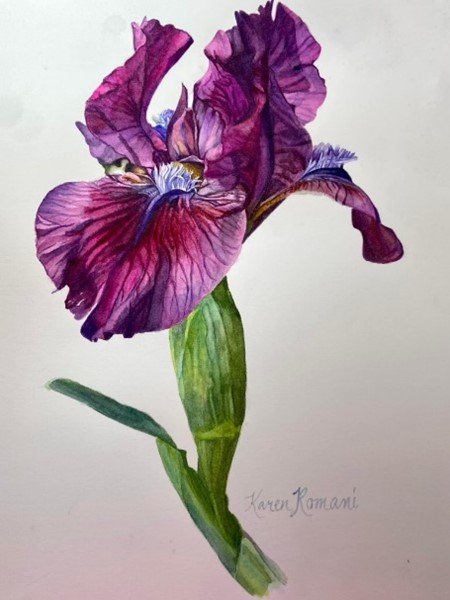Karen Romani on Discovering Botanical Art
By Karen Romani
Botanical art is my second life. I got started after retirement from a career in physical therapy. I was introduced to watercolor by a wonderful, patient teacher, Marty Spears. She was giving classes in her basement, and I jumped at the chance to experiment with this most amazing medium. I was immediately captivated by the water and pigment running across the paper, not really caring what I was doing, but enjoying every minute. That was more than 10 years ago. Skip to present day, I’m painting every day, entering juried shows, winning some awards, and selling some paintings. And now I’m teaching!
I love sharing my art with anyone who’s interested, and sharing my process is a thrill! I have been influenced by the many amazing world-class botanical artists in the UK and here at home, taking classes from them for years. As a result, my methods are a combination of many artists, including representational, abstract, and loose styles. I’m drawn to the more representational side of botanical art. This is different from botanical illustration, where the plant or flower is rendered in a precise, exact manner. Measurements and color must be exact, including in some cases, all stages or parts of the subject. This is used in scientific studies, botany, conservation of endangered species, and much more.
I’ve been trying to work larger in recent years, 14”x 14”- 16” x 16”. I can render details better with a larger format. I use Rapid Resizer to enlarge my reference. I collect reference photos from every experience in my life, taking pictures with my cell phone, then I crop and edit to my satisfaction.
My supplies are a combination of brands, including brushes, paints and paper:
My paper is Sanders Waterford, 140# white. It’s not as white as some papers, but I can scrub on it endlessly, for highlights and mistakes.
Paints can be anything. I like Daniel Smith, Sennelier, Schmincke and Windsor Newton. The reason I have so many brands is that some brands do exactly what I want them to do, and some don’t. Some have honey, which helps make them creamy, some don’t. When painting Plein air, honey attracts bees, not much fun. Some paint colors granulate, which has a place in some cases but, not necessarily in botanical art.
My inspiration for my paintings is color. I’m drawn to vivid colors and the contrast of light and dark.
I hope to continue my journey for a long time—I refer to this stage of life as my second career. I don’t make a living with my art. I have a very generous supporter. My husband and I enjoy the world of art in so many ways. It’s brought us a new circle of friends, and new adventures. I have traveled to Europe and other locations in the US, learning more about watercolor and the world. I’ve made many friends and I can’t think of a better way to spend my golden years.
My class will be held Jun. 24-25, at Heartland Art Club in Kirkwood.



